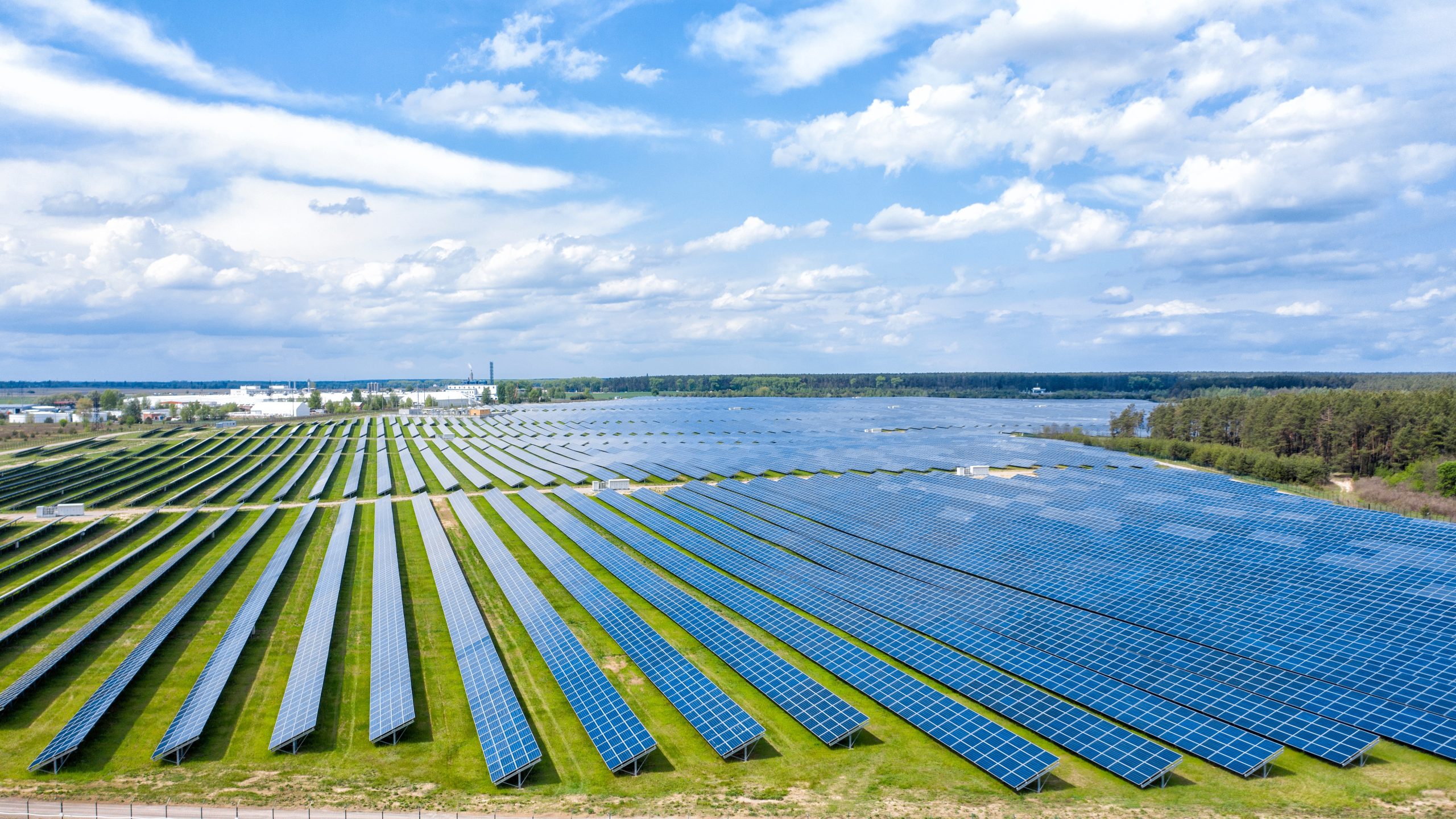By

Image courtesy of tope007 via Adobe Stock
Everything is bigger in Texas. Well, maybe not everything — but the state does pride itself on its grandeur and larger-than-life attitude. The state holds numerous Guinness World Records, including the biggest serving of chili at a festival in College Station and the largest pizza available for purchase, measuring an astounding eight feet by 32 inches. While those two records are impressive, the state can claim another feat that is likely more impactful.
Texas is now home to the largest urban solar farm in the United States. In 2021, Houston authorized the construction of a 50-megawatt solar plant on a 240-acre site in the city’s Sunnyside neighborhood, traditionally a working-class area. The solar plant site is located at the home of a former landfill and incinerator that has been dormant for over five decades. After years of decay, the land turned into what is known as a brownfield.
To understand the project’s scope, try visualizing 150,000 individual solar panels on a single plot of land within the country’s fifth most popular metropolitan area. Upon completion this year, the plant will generate enough electricity to power approximately 5,000 homes in Houston.
According to the EPA, over 450,000 brownfield sites exist in the United States. Brownfields are former industrial sites that now sit vacant and typically pose challenges for redevelopment or revitalization due to hazardous chemicals or pollution. Some brownfields are simply eyesores, while others can negatively impact local air quality.
The EPA shut down the former incinerator on the current Houston solar farm site in 1974 after it concluded that there were lethal amounts of lead from the plant. Since the incinerator’s closing, residents noticed the site had become overgrown and filled with trash, which emitted a putrid odor. The Houston Chronicle reports that the brownfield was still contaminated with heavy metals and leaked methane.
Revitalizing brownfields to improve air quality and decrease blight makes perfect sense, but why turn these decaying lots into solar farms? According to Missy Stults, Sustainability and Innovations Director for the City of Ann Arbor, Michigan, replacing brownfields with solar farms (brightfields) is necessary for many cities.
“We [in Ann Arbor] are pretty built-out. We don’t have large tracts of land that could go for renewables – except for brownfields,” Stults said to Context News.
Ann Arbor recently partnered with adjacent Pittsfield Township to jointly build a 24 MW solar project on the site of a former landfill. The extensive project will account for all of Pittsfield Township’s municipal electricity. Ann Arbor residents can also subscribe to receive energy produced through the solar plant.
However, brightfield projects can be costly due to the complexities of cleaning up former industrial sites plagued by pollution and decades of neglect. Most states also lack funding for such projects, which explains why the EPA cites only 300 completed brightfield sites in the United States. However, 50 of those brownfield-to-solar projects were constructed between 2019 and 2022, which indicates that it may be a growing trend.
Completing brightfield projects can be costly, but Houston built the largest urban solar farm in the nation at no cost to the city’s taxpayers. The city council approved the lease of the brightfield site to a pair of private developers for just $1 a year. In exchange, the developers covered the construction costs and will manage the ongoing maintenance of the project.

Image courtesy of Savantermedia via Adobe Stock
“This project is an example of how cities can work with the community to address long-standing environmental justice concerns holistically, create green jobs, and generate renewable energy in the process,” Houston Mayor Sylvester Turner said in a press conference after the city officially approved the solar project.
The Sunnyside solar project will positively impact residents in three main ways.
First, it will transform a formerly polluted, decaying piece of land into an environmentally friendly development that will improve air quality and reduce blight in the neighborhood.
There will also be a substantial economic impact, which is vital for a neighborhood with one of the highest unemployment rates in Houston. The project will include an aquaponics hub with a greenhouse and agricultural training space for local youth. There will also be a solar education facility for adults. Houston won a $750,000 federal grant for job training at the solar education facility, which will fund training for Sunnyside residents who wish to gain employment in the solar industry, including at the local solar farm.
Lastly, the project will allow local Sunnyside residents to purchase renewable energy at a discounted rate through a small portion of the solar farm set aside expressly for use by the local community.
As Mayor Turner described, the new solar farm is ultimately an act of environmental justice. For the better part of a century, the former landfill, incinerator, and brownfield was a net negative for the community, impacting local air quality and health outcomes. Activists in Houston point out that most brownfields and harmful industrial sites in the city are located in working-class, predominantly black neighborhoods. With the Sunnyside solar farm project, Houston officials took a step toward rectifying this imbalance — at no cost to the city’s taxpayers.
Despite the high cost of brightfield projects, Houston showed that it could transform a former brownfield into the largest urban solar farm in the country. The project will create well-paying jobs in an area with high unemployment, improve air quality, and provide renewable energy to Sunnyside residents and nearby neighborhoods. And the best part is that the city didn’t have to pay a penny to make it happen.
Magazine
Playmaker Events
Connect with playmaker